Custom Magnesium Sacrificial Anode Manufacturing Services
Although magnesium sacrificial anodes have shortcomings such as rapid self-corrosion (annual consumption rate of 15-20%) and high cost (about 3 times that of zinc), their unique performance in extreme environments makes them an irreplaceable choice.
- Mg-Mn Alloy Sacrificial Anode
- Pure Magnesium Sacrificial Anode
- Mg-Al-Zn-Mn Alloy Sacrificial Anode
- For oil pipelines, marine engineering, etc.
- Customized Magnesium Anode
- Strip Magnesium Sacrificial Anode
- Block Magnesium Sacrificial Anode
- Bracelet Magnesium Sacrificial Anode
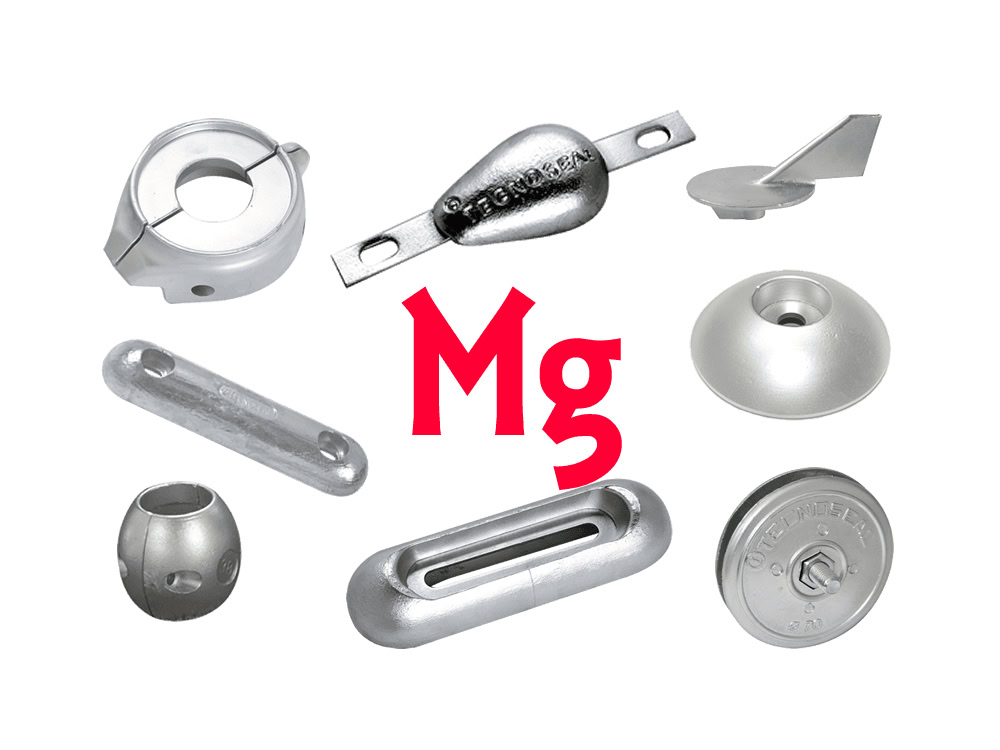
Reputable Magnesium Sacrificial Anode Manufacturer and Supplier - Wstitanium
Wstitanium is not only a reliable magnesium sacrificial anode supplier, but also a trustworthy partner that can provide a full range of solutions and technical support in the field of metal corrosion protection. Whether in the oil and gas, offshore engineering, construction or power industries, magnesium sacrificial anodes manufactured by Wstitanium play an important role and contribute to protecting metal structures and extending their service life.
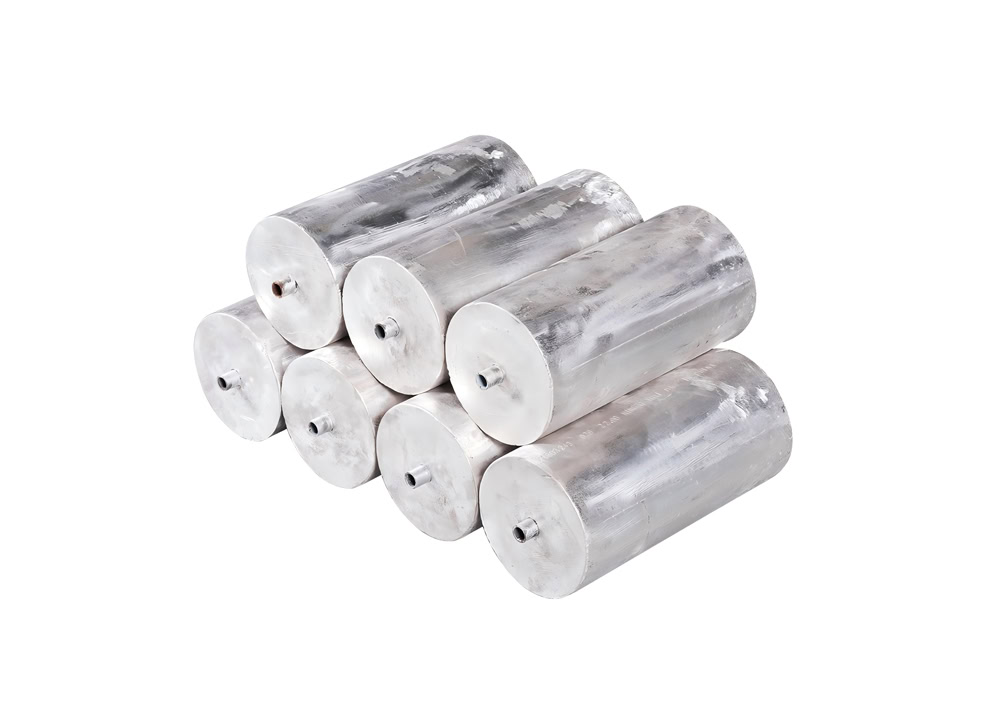
Mg-Mn Alloy Sacrificial Anode
Manganese (1.3% – 1.6%) is added, which can eliminate the adverse effects of impurities, reduce the self-corrosion rate of magnesium, and improve the current efficiency.
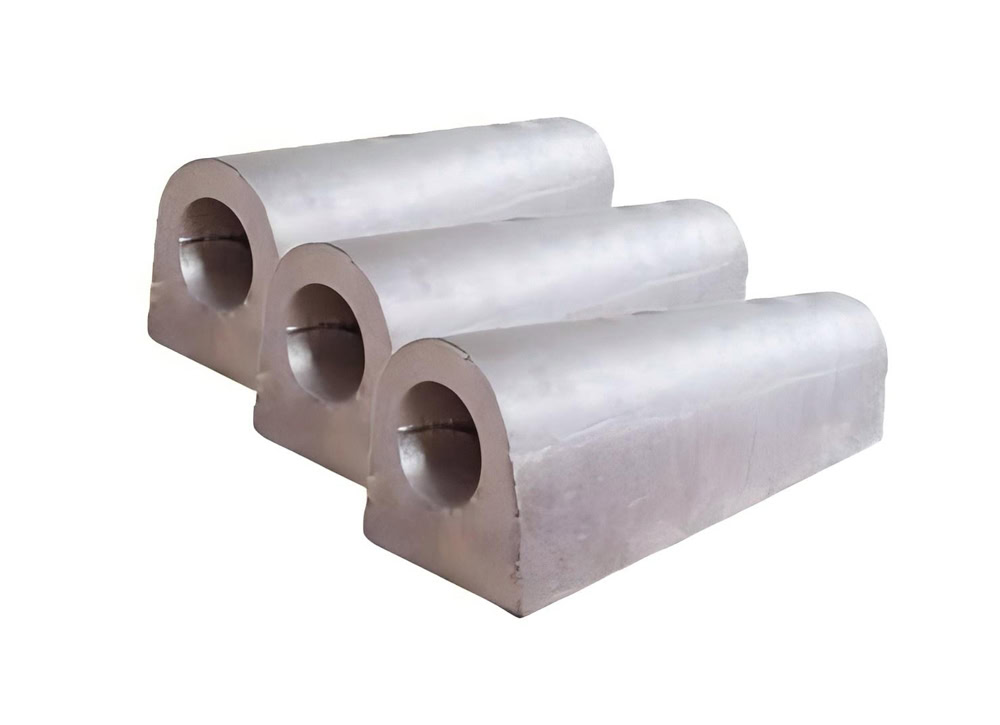
Pure Magnesium Anode
High purity, about 99%, the main component is magnesium. However, due to the presence of a small amount of impurities, the self-dissolution tendency will increase and the current efficiency will be low.
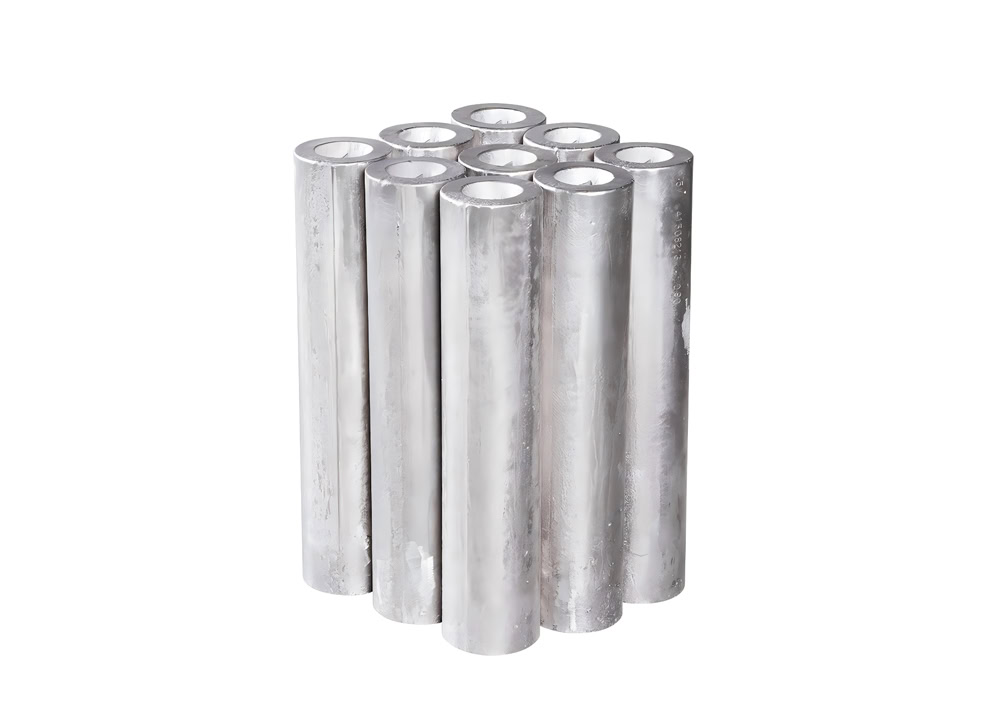
Mg-Al-Zn-Mn Alloy Anode
Aluminum improves strength, zinc reduces the corrosion rate of magnesium and improves anode current efficiency (>50%), and manganese offsets the adverse effects of impurities.

Bracelet Magnesium Anode
The shape is similar to a bracelet, used for cathodic protection of metal components with special shapes or structures.
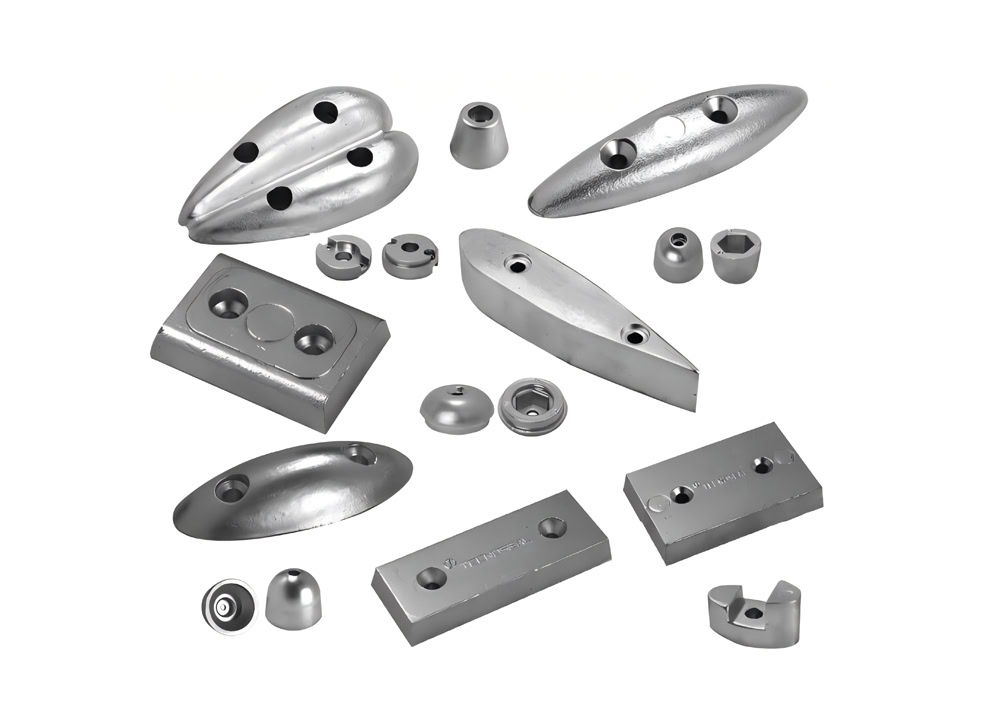
Customized Magnesium Anode
Customized trapezoidal, D-shaped, rectangular bars and others to suit different installation environments.
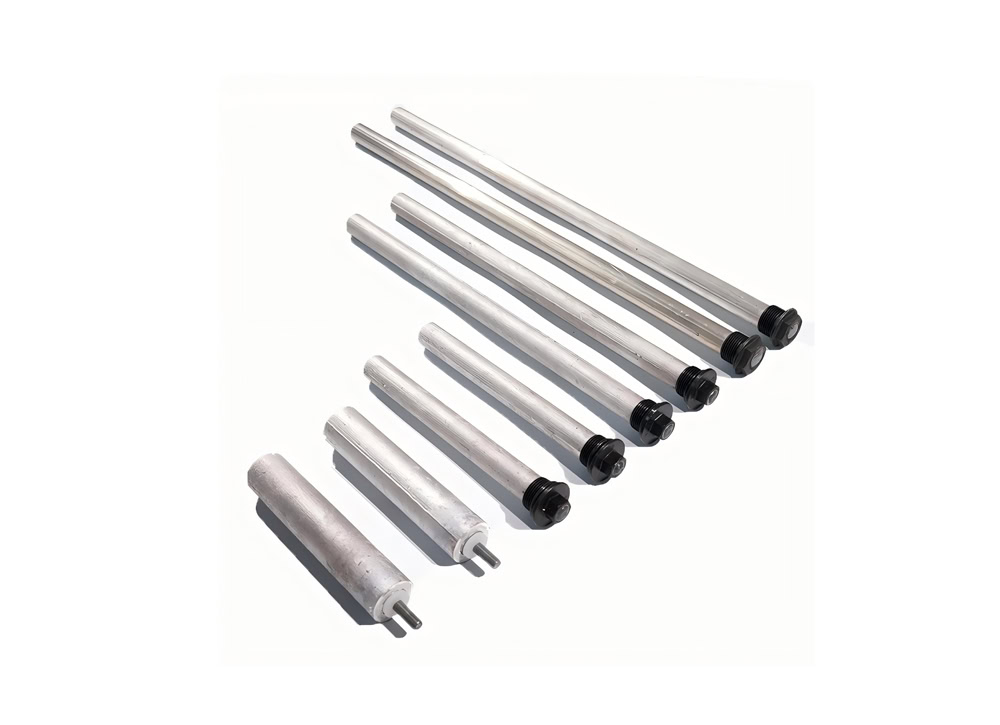
For Water Heater Anode
The potential of the magnesium anode is lower than that of the inner metal, and it is corroded first as an anode, thus protecting the inner tank.
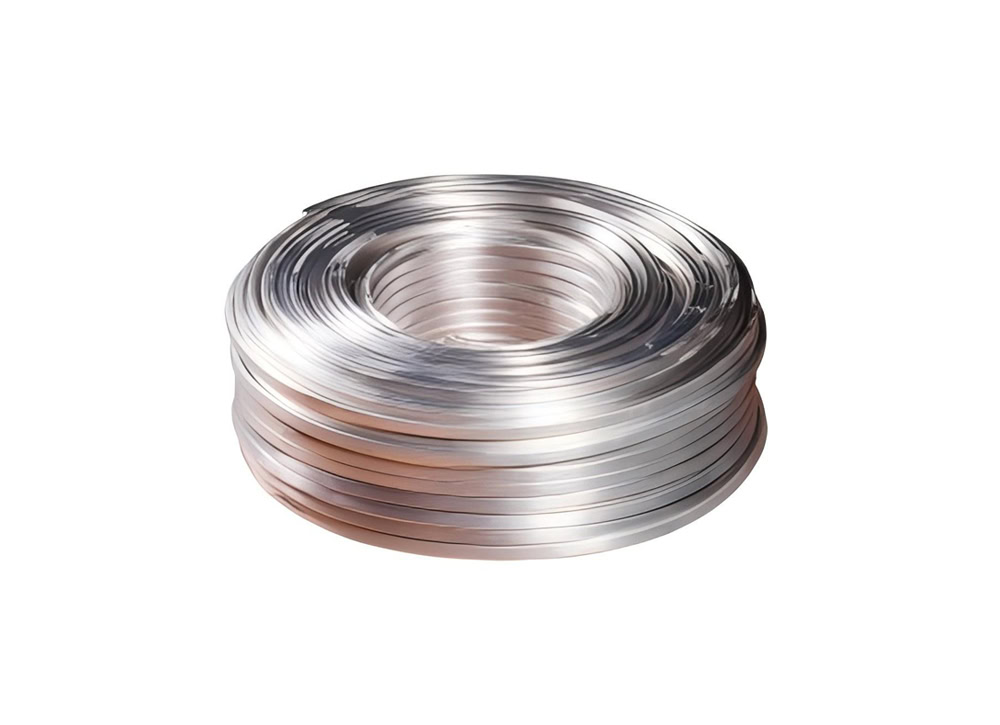
Strip Magnesium Anode
Size is customized according to requirements, used in high resistivity soil, fresh water and narrow space.

Block Magnesium Anode
Such as MG-22, MG-14 and other models, with standard size and weight, easy to install and fix.

Rod Magnesium Anode
Rod-shaped magnesium anodes can evenly release protection current over a large range.
Working Principle of Magnesium Sacrificial Anode
When metals are in an electrolyte environment, a corrosion galvanic cell will be formed due to the potential difference between different metals. In this galvanic cell, the metal with a lower potential becomes the anode, undergoes an oxidation reaction, continuously loses electrons and dissolves into the electrolyte solution, while the metal with a higher potential becomes the cathode, on which a reduction reaction occurs. This electrochemical process causes the anode metal to be gradually corroded, while the cathode metal is protected.
The standard electrode potential of magnesium is -2.37V (relative to the standard hydrogen electrode), which is very low among common metals. When the magnesium sacrificial anode is connected to the protected metal (such as steel) and is in the electrolyte environment together, the magnesium anode, as the anode of the entire corrosion cell, preferentially undergoes an oxidation reaction, continuously provides electrons to the protected metal, increases the electron density on the surface of the protected metal, and thus inhibits the corrosion process of the protected metal. The electrode reaction formula is as follows:
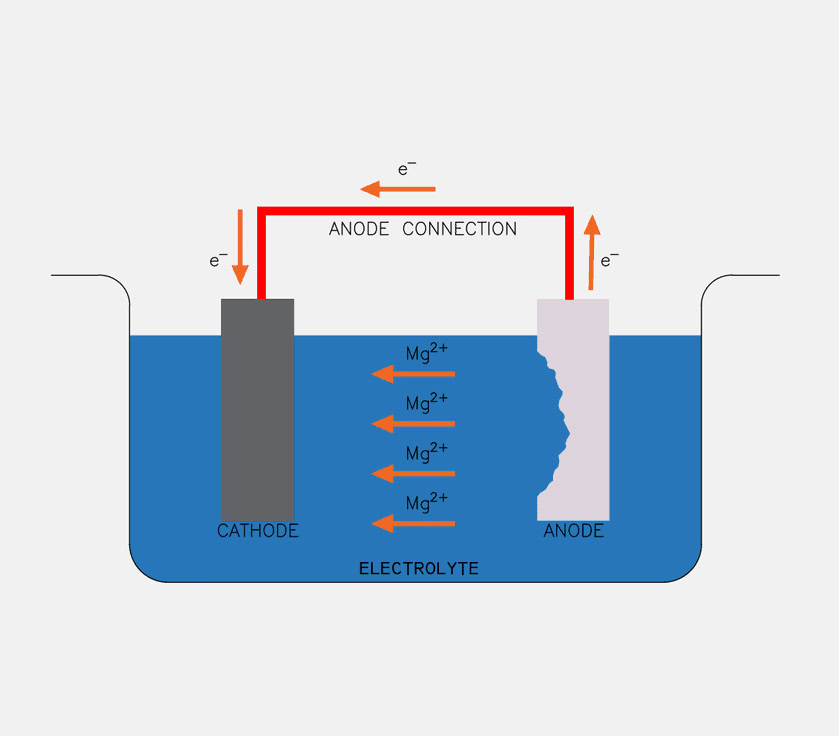
- Anodic reaction (magnesium sacrificial anode): Mg - 2e⁻→Mg²⁺
- Cathode reaction (protected metal surface, for example, steel in neutral water): O₂ + 2H₂O + 4e⁻→4OH⁻
In this way, the magnesium sacrificial anode itself is gradually consumed, but effectively protects the metal structure connected to it.
Advantages of Magnesium Sacrificial Anode
Magnesium sacrificial anode has shown many significant advantages in terms of electrochemical performance, physical properties, application scenarios and cost-effectiveness. Its high driving potential, high theoretical capacitance and fast reaction start-up characteristics enable it to provide efficient protection for metal structures in various complex corrosion environments.
- Low Open Circuit Potential
The open circuit potential of magnesium sacrificial anode is between -1.75V and -1.55V (relative to saturated copper sulfate). It can provide sufficient driving voltage to ensure that electrons flow smoothly from magnesium anode to the protected metal and maintain the protection current.
- Stable Working Potential
In actual working process, the working potential of magnesium sacrificial anode will change, but it is generally stable at around -1.5V (CSE), ensuring that it can continuously provide protection for the protected metal under different environmental conditions.
- Good Mechanical Properties
Pure magnesium has low mechanical strength, but some alloying elements (such as aluminum, zinc, manganese, etc.) are added to improve its mechanical properties. Magnesium alloy sacrificial anodes have good hardness and toughness, and breakage or damage occurs during installation.
- High Theoretical Capacitance
The theoretical capacitance of magnesium is as high as 2200Ah/kg. Compared with some other metal sacrificial anodes (such as zinc, the theoretical capacitance is about 820Ah/kg), it has a higher capacitance advantage and can provide more lasting protection at the same quality.
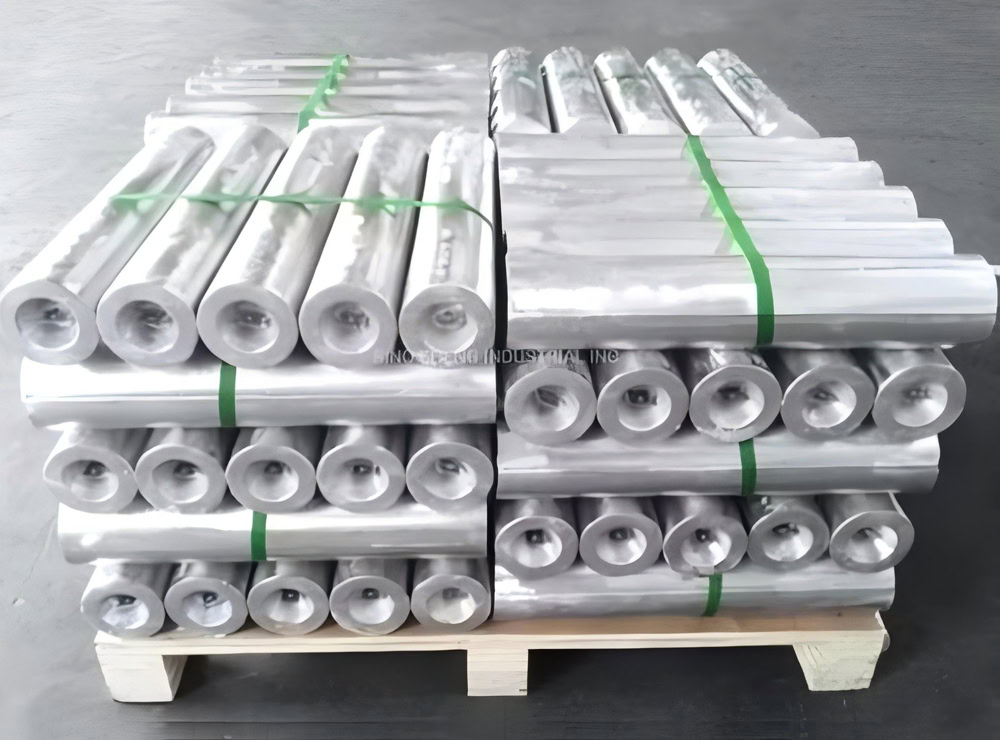
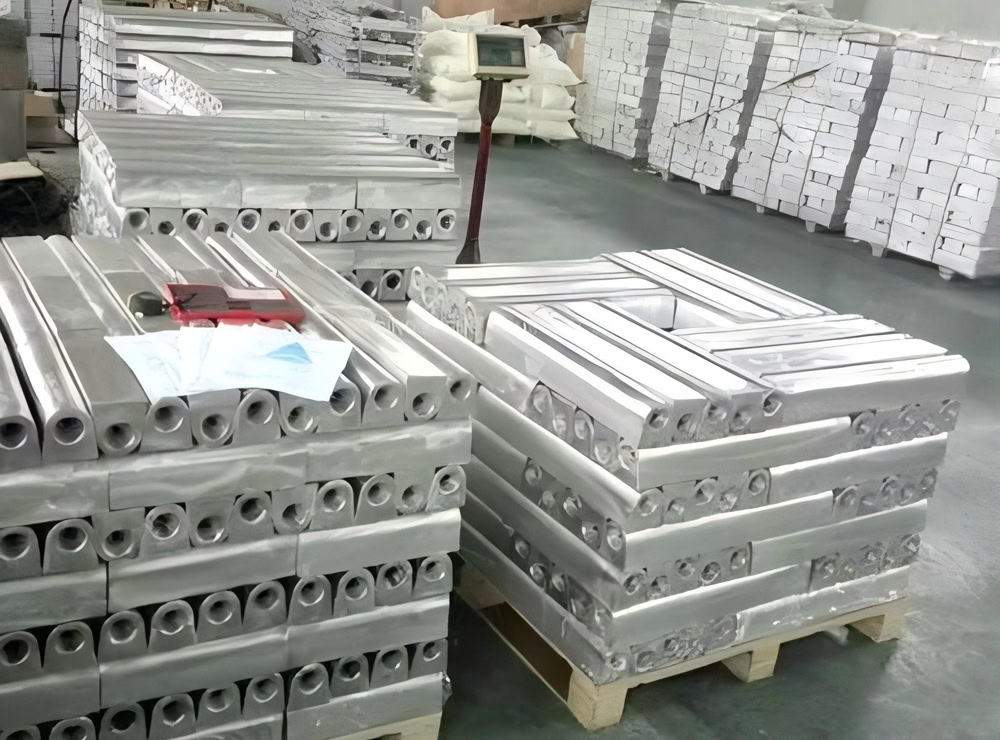
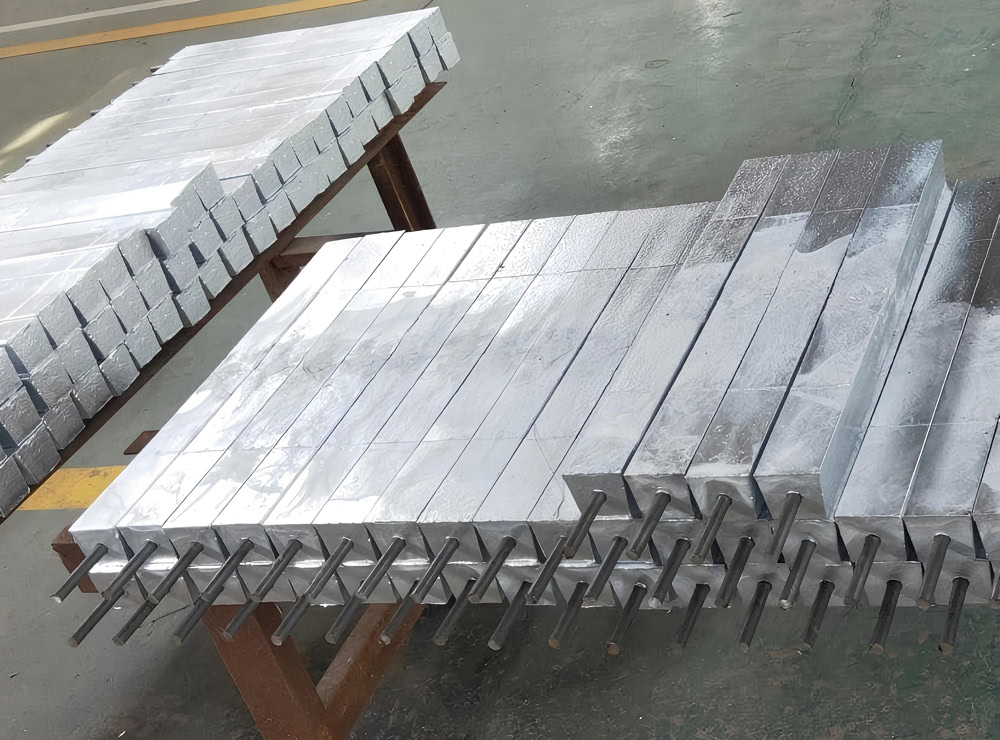
Alloy Formula Pptimization
Wstitanium has developed an alloy formula with a unique ratio after a lot of experimental research and practical verification. Compared with traditional formulas, its products have greatly improved mechanical properties and resistance to impurity interference while maintaining high electrochemical performance. For example, in a high resistivity soil environment, Wstitanium’s magnesium sacrificial anode can maintain a stable potential output with a protection current density that is 34.7% higher than similar products due to its unique alloy formula.
In Wstitanium’s magnesium sacrificial anode alloy formula, aluminum is one of the important alloying elements. The addition of aluminum can significantly improve the strength and hardness of magnesium alloys, while optimizing its crystal structure and reducing the corrosion rate of magnesium.
The role of zinc is to enhance the electrochemical activity of magnesium sacrificial anodes. It can reduce the electrode potential of magnesium and increase the potential difference between magnesium and the protected metal, thereby increasing the driving voltage and enhancing the protection effect.
- Manganese (Mn)
Manganese is used to offset the negative effects of impurity elements (such as iron, nickel, etc.). It can form stable compounds with these impurities, reduce the segregation of impurities at the grain boundary, and thus improve the current efficiency and service life of the anode.
Magnesium Anode vs. Aluminum Anode vs. Zinc Anode
Magnesium anode, aluminum anode and zinc anode each play an important role in the field of sacrificial anode protection. They have significant differences in working principles, material properties, performance parameters, application fields and costs. Magnesium anodes are irreplaceable in high resistance environments and special weight-sensitive scenarios due to their advantages such as high driving potential and low density. Aluminum anodes have become the main protective material for marine engineering due to their high theoretical capacitance and good marine adaptability. Zinc anodes are widely used in conventional protection fields such as underground pipelines and storage tanks due to their low cost, stable performance and high current efficiency.
| Comparison Items | Magnesium Anode | Aluminum Anode | Zinc Anode |
| Standard Electrode Potential (V, relative to standard hydrogen electrode) | -2.37 | -1.66 | -0.76 |
| Open – Circuit Potential (V, relative to saturated copper sulfate reference electrode) | -1.75 to -1.55 | -1.10 to -1.05 (activated state) | -1.1 |
| Theoretical Capacity (Ah/kg) | 2200 | 2980 | 820 |
| Current Efficiency | 50% – 70% (significantly affected by the environment) | 80% – 90% (activation elements need to be added) | 90% – 95% |
| Density (g/cm³) | 1.74 | 2.7 | 7.14 |
| Mechanical Properties | Low strength in pure magnesium, good hardness and toughness after alloying | Good ductility and plasticity, increased strength and hardness after alloying | Good casting properties, moderate mechanical strength, low surface hardness |
| Chemical Activity | Active, easily forms magnesium oxide film in the air, affecting initial dissolution performance | Easily forms aluminum oxide film, adding activation elements to improve activity | Forms basic zinc carbonate film in the air, stable chemical activity |
| Operating Temperature Range | Approximately -20℃ – 60℃ | Approximately -20℃ – 80℃ | Approximately -40℃ – 100℃ |
| Main Application Fields | Oil and gas pipelines in high – resistivity soils, polar ships, steel bars in underground buildings, historical building protection, etc. | Marine engineering (ships, offshore platforms, submarine cables, etc.), offshore facilities in the power industry, chemical equipment (seawater desalination plants, etc.) | Underground pipeline systems (water supply, gas supply, oil pipelines), storage tanks, small metal structures such as street lamp poles, industrial equipment with low weight requirements |
| Raw Material Cost | High | Medium | Low |
| Manufacturing Cost | High | Low | Low |
| Comprehensive Cost | High | Medium | Low |
Custom Magnesium Sacrificial Anode Manufacturing Services
Different application scenarios have diverse requirements for the performance, size, shape, etc. of magnesium sacrificial anodes. When standard specifications of magnesium sacrificial anodes cannot meet the complex and changing applications, customized magnesium sacrificial anodes become the key to solving the problem.
Wstitanium’s professional technical team has an in-depth understanding of your project, including the type of metal structure to be protected, the environment it is in, the expected service life, etc., to provide you with personalized advice and cathodic protection system design solutions.
Raw Materials
Wstitanium strictly follows the international quality management standard ISO 9001:2015. Detailed quality control processes and standard operating procedures (SOPs) have been formulated for the entire production process from raw material procurement to product delivery. All raw materials are subject to strict inspection. Inspection items include chemical composition analysis, purity testing, physical property testing, etc. Advanced testing equipment such as spectrometers, X-ray diffractometers, etc. are used. Only raw materials that have passed the inspection can enter the manufacturing process to ensure product quality from the source.
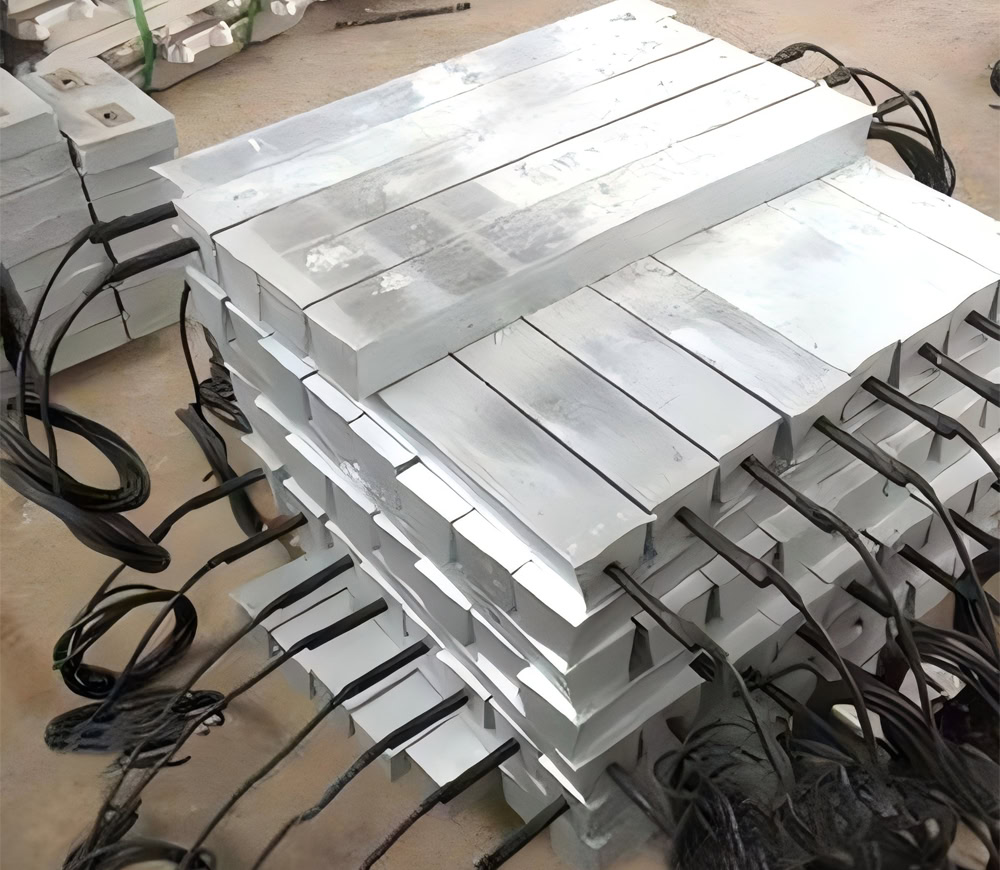
Melting
Wstitanium uses an advanced medium-frequency induction melting furnace to evenly heat the magnesium ingot. Electromagnetic stirring technology is used to ensure that the alloy elements are fully and evenly mixed in the magnesium liquid. At the same time, in order to prevent magnesium from reacting with oxygen, nitrogen, etc. in the air at high temperatures, the melting process is carried out under the protection of inert gas (such as argon), which effectively ensures the purity and quality of the alloy.
Accurate control of the melting temperature is the key to ensuring the quality of the alloy. Wstitanium strictly controls the melting temperature at 750°C-860°C. Within this temperature range, the alloy elements can be fully dissolved and evenly diffused to form a stable alloy phase. Too high a temperature may cause alloy elements to burn out and affect the alloy properties; too low a temperature will cause incomplete dissolution of alloy elements and uneven composition.
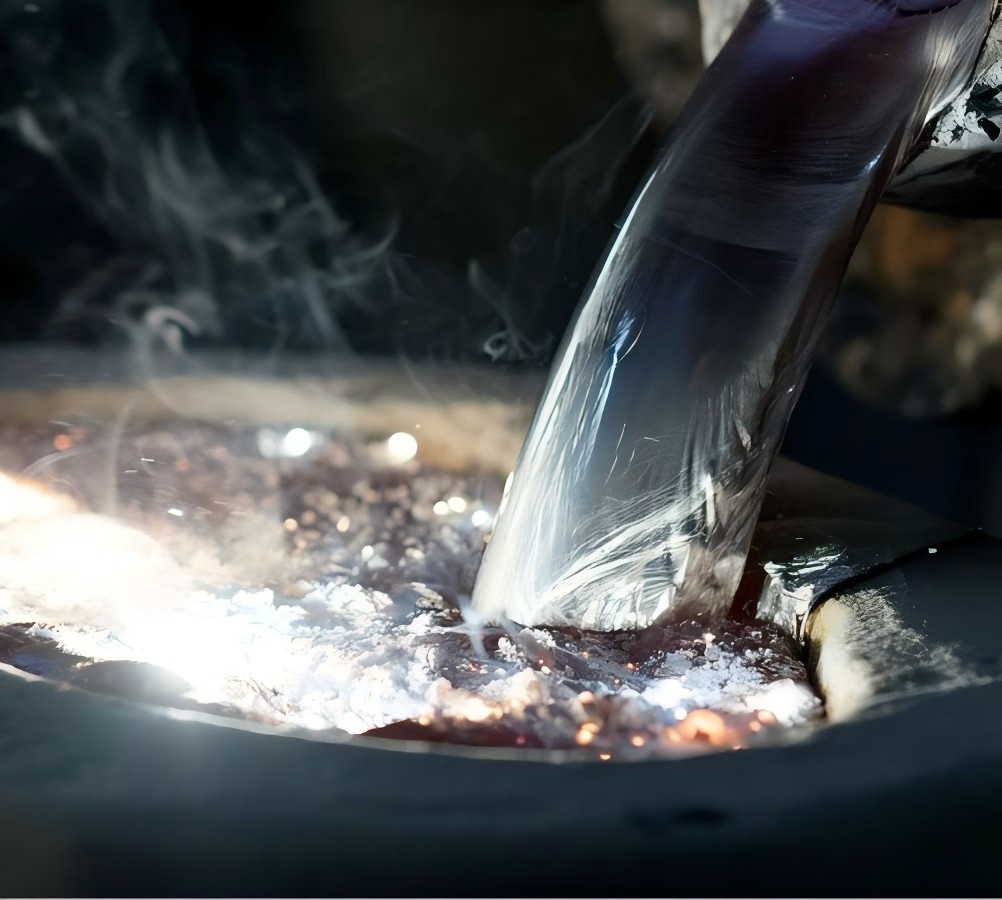
Wstitanium uses a variety of advanced casting methods for magnesium sacrificial anode products with different shapes and sizes. For large anodes with relatively simple shapes, sand casting is used. Sand casting has the advantages of low cost and high process flexibility, which can meet the needs of large-scale production. For small anodes with high precision requirements, such as anodes used in electronic products, pressure casting is used. Pressure casting is suitable for manufacturing anode products with complex shapes and thin walls, which can ensure the dimensional accuracy and internal quality of the products.
During the casting process, casting parameters such as pouring temperature, pouring speed, cooling speed, etc. are strictly controlled. Corresponding parameter standards are formulated for different casting methods and product requirements. For example, in pressure casting, the pouring temperature is controlled at 680°C-740°C, the pouring speed is controlled at 5m/s-8m/s, and the cooling speed is precisely adjusted through the cooling system of the mold to ensure the quality and performance of the casting.
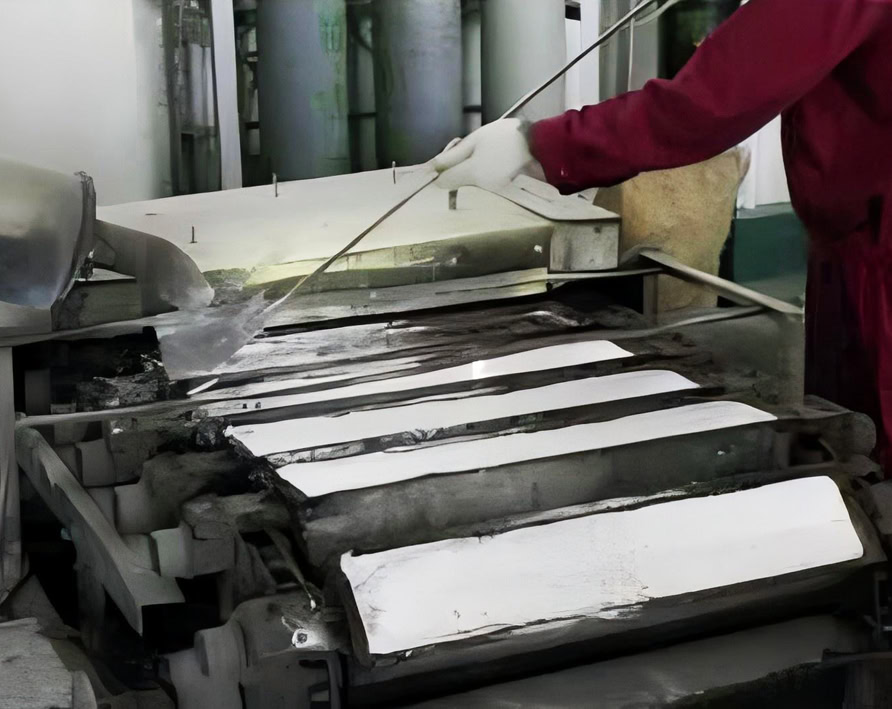
Magnesium Sacrificial Anode Application
As an important component of cathodic protection, magnesium sacrificial anode has unique advantages and wide applications. Magnesium sacrificial anode provides electrons to the protected metal through its own corrosion and dissolution, protecting it from corrosion. It plays a key role in many fields such as oil, natural gas, marine engineering, and municipal construction.
Oil pipelines
In oil and gas pipelines, according to different soil environments and pipeline materials, for example, in desert areas with high soil resistivity, high-potential magnesium alloy sacrificial anodes are used, and the installation spacing is appropriately reduced to ensure that the pipeline is fully protected. In plain areas with low soil resistivity, low-potential magnesium alloy sacrificial anodes are used to increase the installation spacing and reduce costs. Wstitanium magnesium sacrificial anodes effectively prevent pipeline corrosion and ensure the safe transportation of oil and gas.
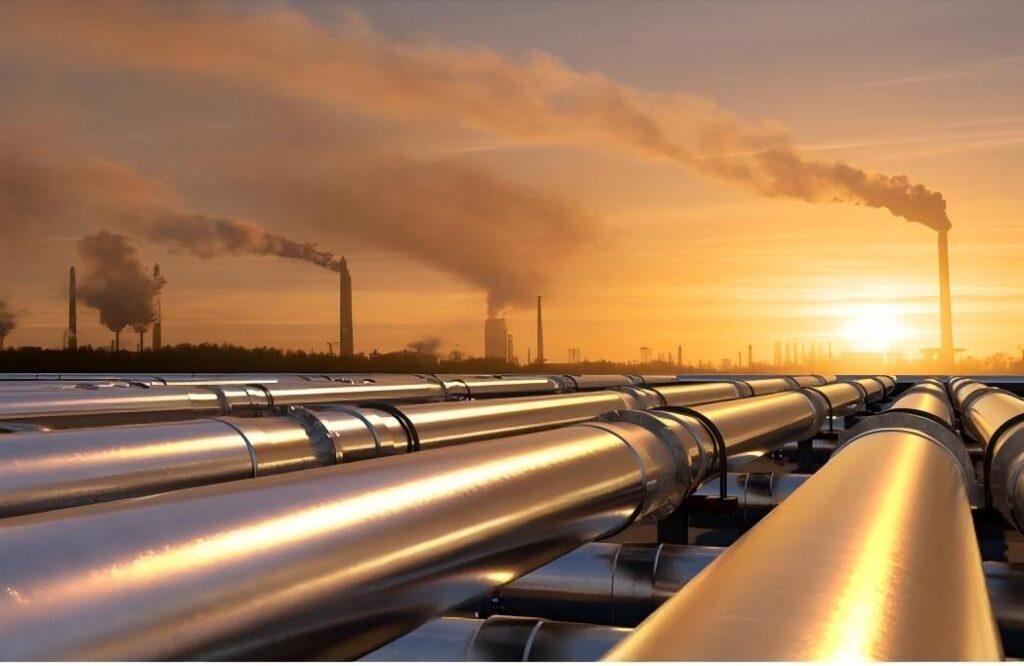
Storage tanks
Wstitanium’s magnesium sacrificial anodes protect the bottom plate and inner wall of the storage tank. On the bottom plate of the storage tank, a strip anode is installed around to evenly provide protection current to the bottom plate. On the inner wall of the storage tank, a hanging or wall-mounted anode is used for protection. It effectively prevents accidents such as leakage of the storage tank due to corrosion and ensures the safe operation of the storage tank.
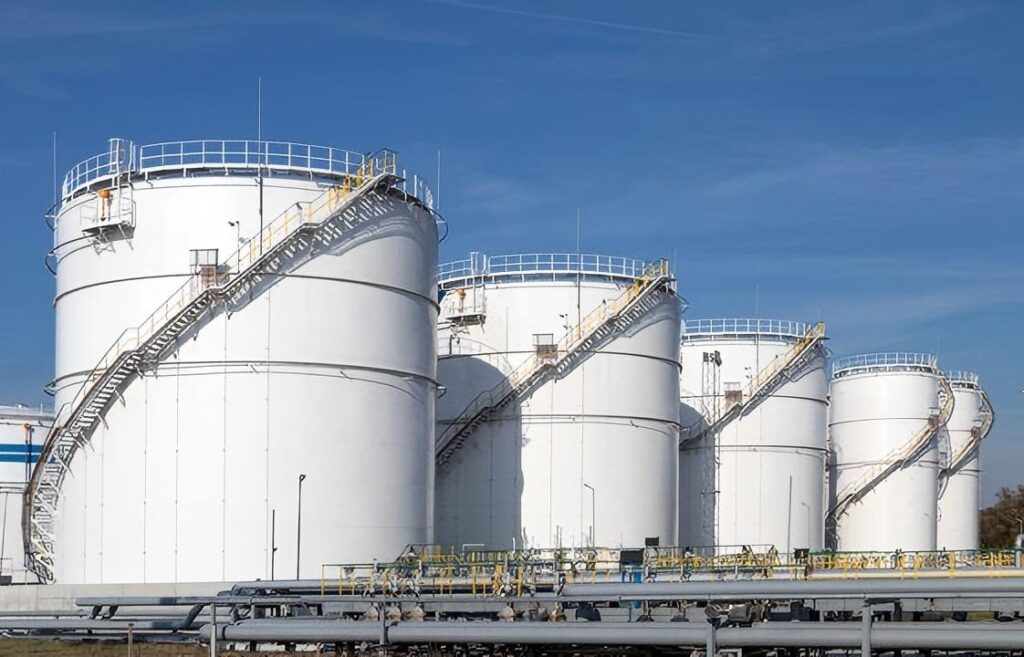
Ships
Ships sail in seawater for a long time and face strong corrosion from seawater. Wstitanium’s magnesium sacrificial anodes are installed on the hull, rudder, propeller and other parts of the ship to provide effective cathodic protection for the ship. Its anode products have good seawater corrosion resistance and stability, and can work normally under different seawater temperatures, salinities and flow rates. At the same time, due to the low density of magnesium, it will not increase the weight of the ship too much, which meets the requirements of lightweight design of ships.
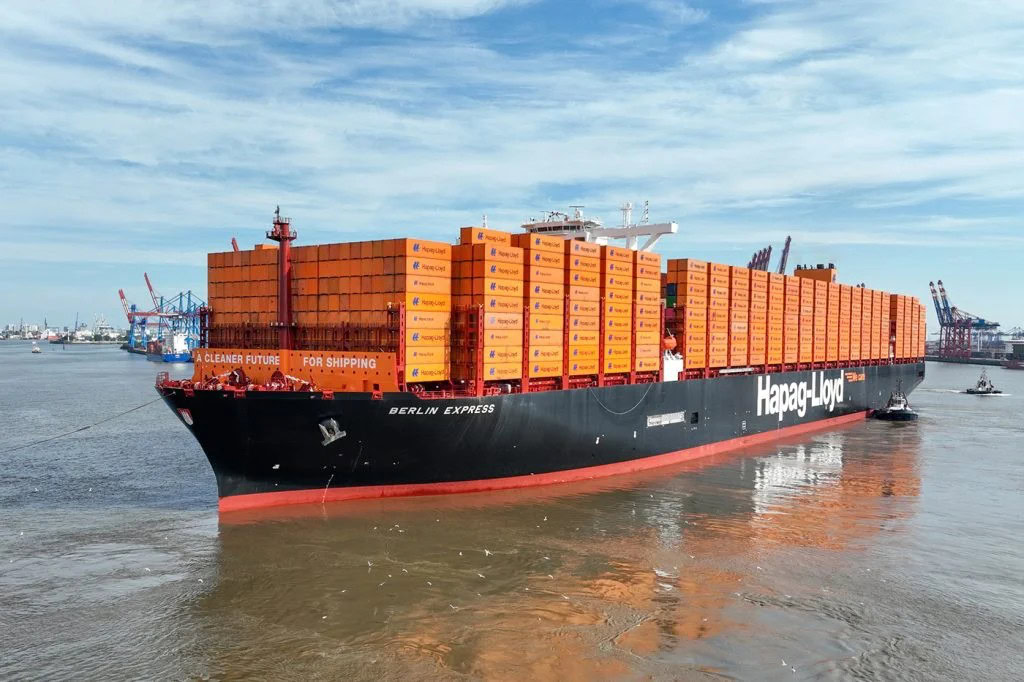
Offshore platform
Offshore engineering structures such as offshore oil drilling platforms and cross-sea bridges are also facing severe corrosion environments. Wstitanium’s magnesium sacrificial anodes are used to protect the steel structure, pile legs, piers and other parts of the platform. When designing the protection plan, the particularity of the marine environment is fully considered, such as the influence of factors such as seawater temperature, salinity, flow rate, and marine biological attachment on the performance of the anode. By optimizing the layout and selection of the anode, it is ensured that the offshore platform is reliably protected throughout the service life.

Underground buildings
The reinforced concrete structures of underground buildings (such as basements, subway tunnels, etc.) are easily affected by corrosive media such as moisture and salt in the soil, resulting in steel corrosion, which in turn affects the structural safety of the building. Wstitanium’s magnesium sacrificial anodes can be used for cathodic protection of steel bars in underground buildings. By pre-embedding anodes in concrete or installing anodes in the soil around the building, a protective current is provided for the steel bars to prevent the steel bars from rusting. Effectively extend the service life of underground buildings and reduce maintenance and reinforcement costs.
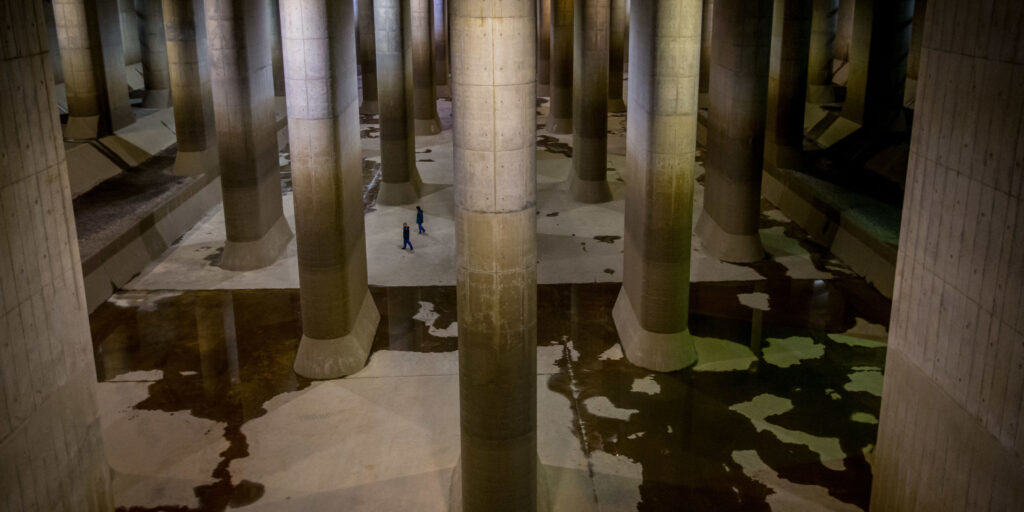
Bridges
Bridge foundations are usually buried underground or in water level fluctuation areas, and are subject to long-term corrosion from water and soil. Wstitanium’s magnesium sacrificial anodes can be used for cathodic protection of bridge foundations to protect the steel bars and steel structure parts of bridge foundations. Customized protection plans are developed based on the type, scale and environment of the bridge.

Substation grounding system
The metal conductors of the substation grounding system are buried underground for a long time and are easily affected by soil corrosion, resulting in increased grounding resistance and performance. Wstitanium’s magnesium sacrificial anodes can be used for cathodic protection of the substation grounding system. By connecting to the grounding conductor, a protective current is provided to the grounding conductor to prevent its corrosion. This ensures that the grounding system maintains good performance and reduces risks during long-term operation.
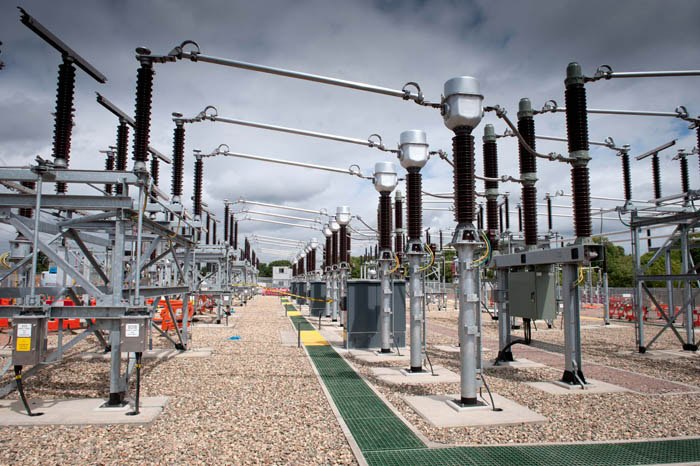
As an important cathodic protection material, magnesium sacrificial anode plays an irreplaceable role in metal corrosion protection in many fields with its unique working principle and excellent performance characteristics. From design points, installation methods to maintenance and monitoring, each link is closely related and directly affects the effectiveness and stability of the cathodic protection system.